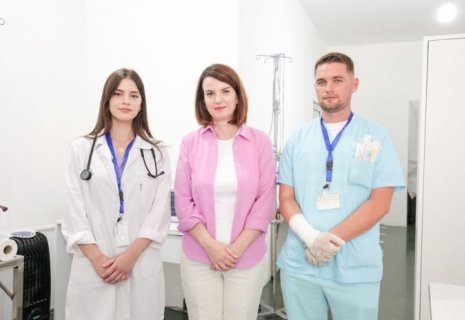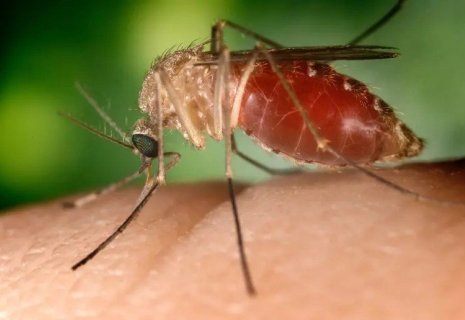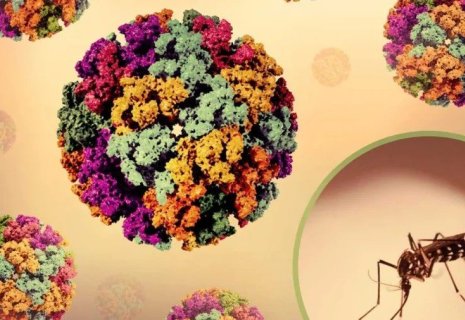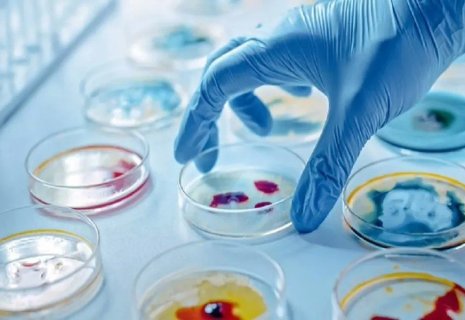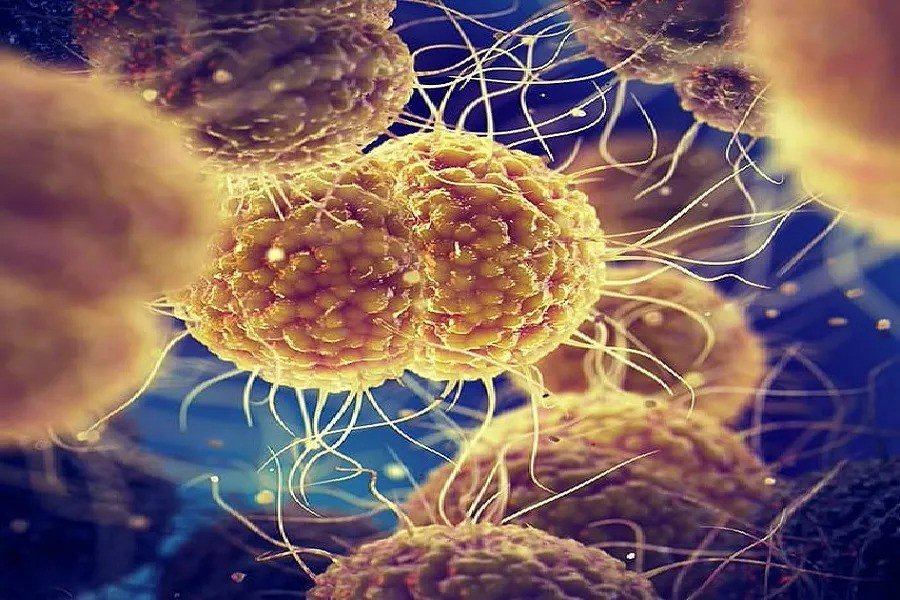
AI creates promising antibiotics to fight gonorrhea and MRSA
Artificial intelligence has invented two new potential antibiotics that can kill drug-resistant gonorrhea and MRSA, researchers have discovered, CE Report quotes Kosova Press.
The drugs were designed atom by atom by artificial intelligence and were able to kill the superbugs in laboratory tests and in animals.
These two compounds still need years of refinement and clinical trials before they can be prescribed.
However, the team from the Massachusetts Institute of Technology (MIT) behind the discovery says AI could begin a “second golden age” in antibiotic development.
Superbug Threat Growing
Antibiotics kill bacteria, but infections that resist treatment are now causing more than one million deaths per year.
The overuse of antibiotics has helped bacteria evolve to evade the effects of drugs, and there has been a lack of new antibiotics for decades.
Beyond Just Scanning: AI Now Designs Drugs
Researchers have previously used AI to screen thousands of known chemicals in an attempt to identify those with the potential to become new antibiotics.
Now, the MIT team has gone a step further by using generative AI to design antibiotics from scratch, focusing on the sexually transmitted infection gonorrhea and the potentially deadly MRSA (methicillin-resistant Staphylococcus aureus).
Their study, published in the journal Cell, reviewed 36 million compounds, including many that do not yet exist or have not been discovered.
How AI Designed the Molecules
Scientists trained the AI by feeding it chemical structures of known compounds, along with data on whether they slowed the growth of various bacterial species.
The AI then learned how bacteria are affected by different molecular structures, built from atoms like carbon, oxygen, hydrogen, and nitrogen.
Two Drug Design Approaches
Two strategies were used to design new antibiotics:
The first method identified a promising starting point by scanning a library of millions of chemical fragments (between 8 and 19 atoms) and built upward from there.
The second gave the AI full freedom to design entirely new molecules from scratch.
The design process also eliminated any compounds too similar to current antibiotics.
It also aimed to avoid non-drug-like substances (e.g., soap-like molecules) and filtered out anything predicted to be toxic to humans.
Lab and Animal Testing Showed Positive Results
Scientists used AI to create potential antibiotics for gonorrhea and MRSA, a type of bacteria that usually lives harmlessly on the skin but can cause serious infection if it enters the body.
After production, the top candidates were tested in bacteria and in infected mice, resulting in two promising new drug candidates.
However, they are not yet ready for clinical trials, and the drugs will need further refinement. It is estimated that it will take up to two more years before the long process of human testing can begin.


